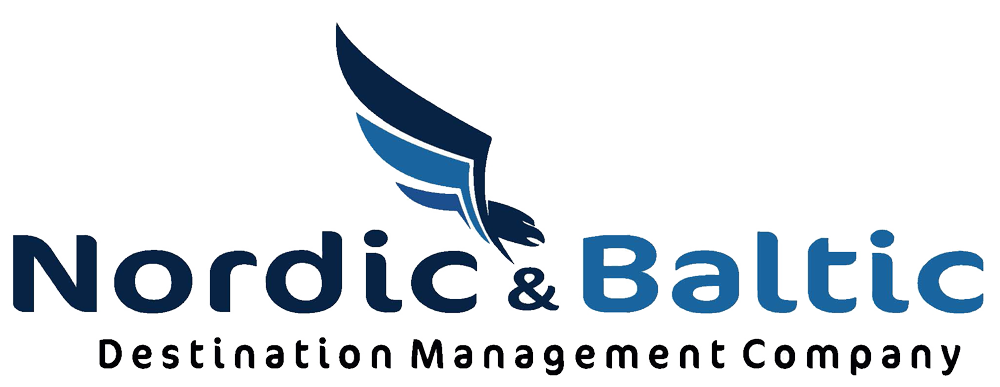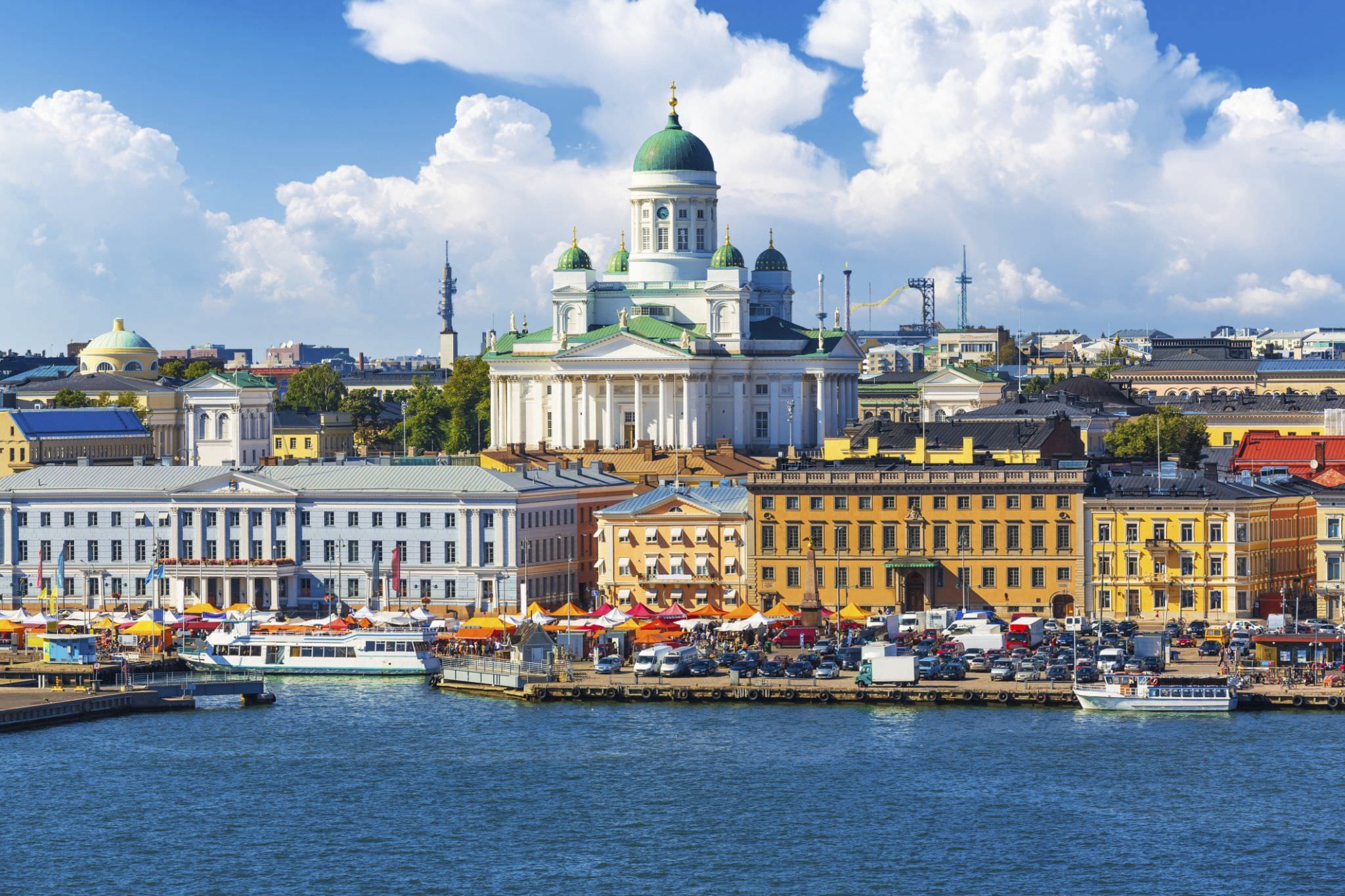Helsinki, Finland
The capital of Finland is modern, welcoming, and elegant. In addition, it is a good starting point to explore other corners of the country or start/finish a route through the Baltic States.
Helsinki Cathedral (Helsingin tuomiokirkko) is a temple of Evangelical Lutheran worship built between 1830 and 1852. With its imposing white neoclassical façade crowned by a large green dome, Helsinki Cathedral is one of the main symbols of the city. Initially, the Tuomiokirkko was baptized as Church of San Nicolás, in honor of its promoter; Tsar Nicholas I of Russia, but changed his name in 1917 after the independence of Finland. The figures of the apostles stand out on the outside and the sober interior in the shape of a Greek cross. The Lutheran cathedral is located at the top of some wide steps that preside over the Plaza del Senado. The whole of the square and the annex buildings, including the cathedral itself, was designed by the German architect Carl Ludvig Engel and symbolized the union of religious power, political power (represented by the Government Palace, 1822), scientific power (in the figure of the University of Helsinki, completed in 1832) and commercial power (since it was formerly the market place).
Orthodox Cathedral (Uspenski)
In addition to the Lutheran cathedral, Helsinki has an Orthodox cathedral: the Uspenskin katedraali (Cathedral of the Dormition). Built between 1862 and 1868, in the time of Tsar Alexander II, it contrasts clearly with the previous one due to its red brick facade and the ornate interior, full of icons and fantastic gold decorations. At 967 square meters, Uspenski is the largest Orthodox temple in all of Western Europe.
Market Square (Kauppatori)
Located south of Senate Square and bathed by the Baltic Sea, the Market Square (Kauppatori in Finnish) is one of the main places to see in Helsinki. Towards the middle of the 19th century, this area replaced the Plaza del Senado as the main center of commercial activity. In addition to buying food or tasting fresh fish in one of the restaurants in the area, you can take tourist boats (to Suomenlinna, etc.) or see some historical buildings, such as the old market (Vanha kauppahalli), Helsinki City Hall, the Presidential Palace or the Supreme Court.
Temppeliaukion Kirkko ( Rock Church )
Although the Church of Temppeliaukio is of no historical importance (it was built in 1969), each year it attracts thousands of tourists eager to see its curious architecture. And it is that the Temppeliaukion Kirkko was dug directly into the rock and its interior walls were left uncovered to improve acoustics. In addition, a squat glass dome covers the complex, giving it a peculiar bunker shape.
Suomenlinna Fortress
The Suomenlinna Fortress, located on an island in the southern part of the city, is one of the main places to visit in Helsinki. Erected in 1748 to defend the interests of the Kingdom of Sweden, it was taken over by different armies throughout its history and had military functions until 1973. Today this fortress, declared a World Heritage Site, is a place of outdoor recreation where you can visit several museums, a submarine and different historical spaces.






Comment (0)